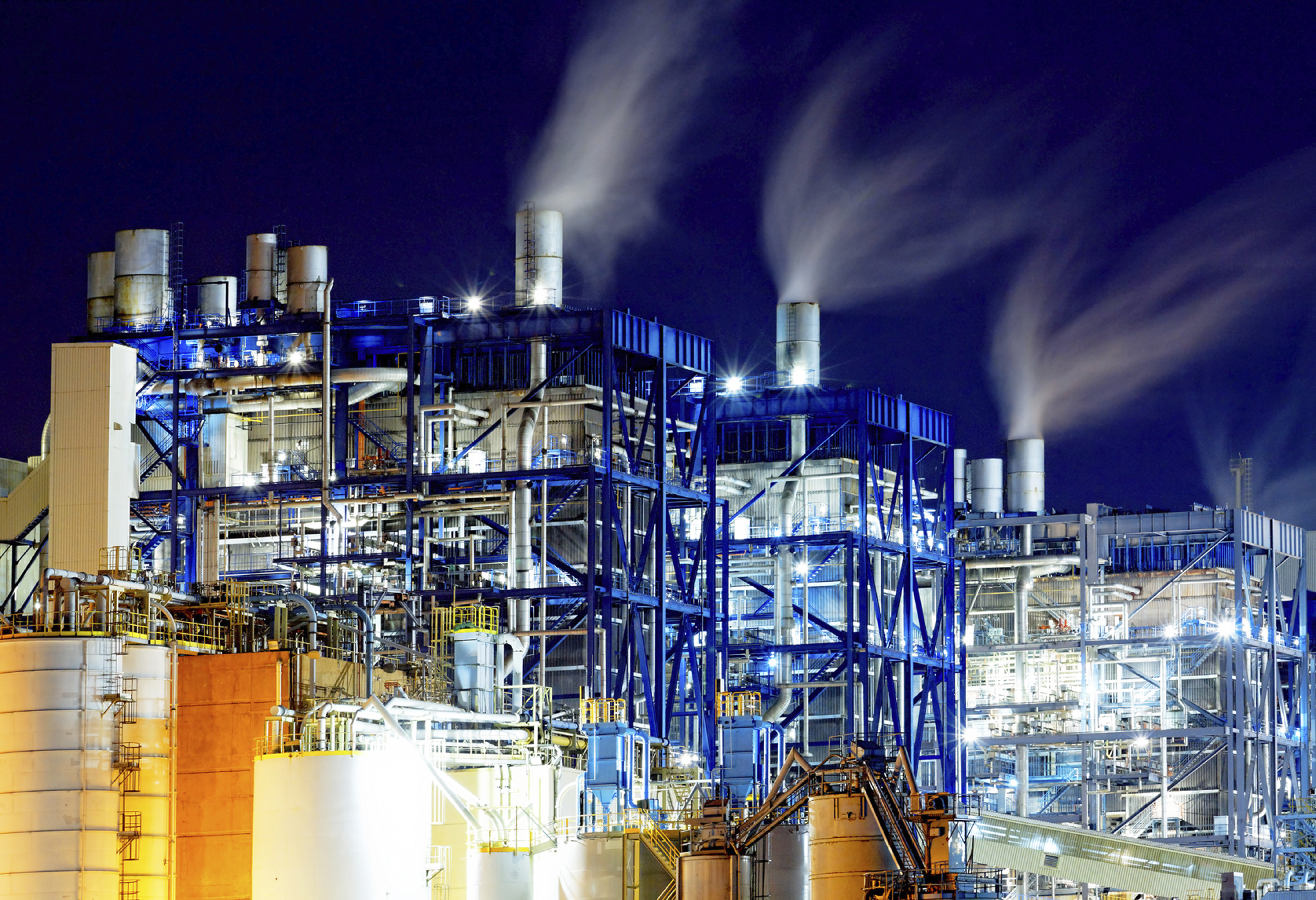
What is it?
Heat recovery chillers are similar to conventional chillers except they produce hot water as a byproduct of cooling. This hot water can then be used for applications where natural gas or electric heating would otherwise be used.
How does it work?
Rather than rejecting heat from the building into the atmosphere, heat recovery chillers heat up a hot water loop that can be used elsewhere. That heat can then be used to displace heat from other sources for low-grade heat applications like space heating or some process loads.
What are the most appropriate applications?
Generally speaking, heat recovery chillers are most applicable in a new building or in industrial settings. However, they do have two main application barriers. First, heat recovery chillers require long periods of simultaneous heating and cooling. If a building does not regularly run both a chiller and a boiler at the same time, this might not be a good fit. Second, heat recovery chillers typically produce lower hot water temperatures than a boiler, and lower water temperatures may not work in a facility designed for high water temperatures either for space heating or process heating.
What are the savings?
Savings will vary by the application. Heat recovery chillers generate better savings with greater needs for simultaneous heating and cooling. However, because they operate with higher temperatures, they can actually be less efficient than a typical chiller. So, while total energy use and costs go down, overall electric usage may go up slightly.
What is the cost?
Incremental costs for heat recovery chillers can range depending on their size and their required temperatures. Their costs, however, may be offset if additional boilers or heating equipment are no longer necessary.
What is the status/availability of the technology?
This technology is readily available through multiple vendors.
What kinds of incentives/programs are available?
Right now, this technology would typically be evaluated under Custom Rebate programs. Incentives will vary depending on customer specifics.




